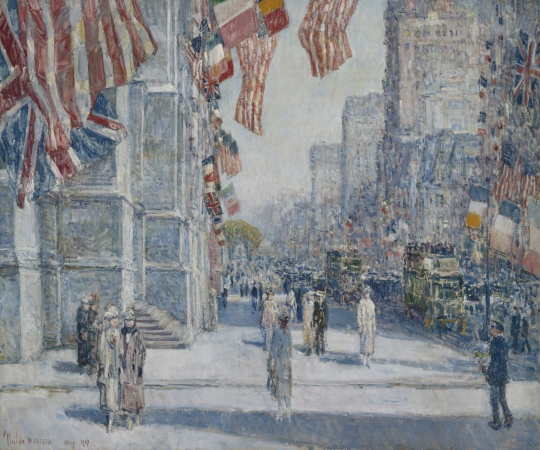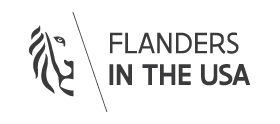
World War I and American Art
Today, nearly a century after it ended, World War I (1914–1918) remains a stark example of how far modern civilization can descend into violence. The United States, led by President Woodrow Wilson, entered the war only in April 1917 and helped bring the conflict to an end in November 1918. Even though the United States was involved in active fighting for a relatively short time, the war set into motion political and cultural changes still with us today.
The conflict’s intensity and size led its participants and observers to seek a new visual language to describe it. American artists were vital to the culture of the war in several ways. They developed imagery that promoted US intervention and made daring anti-war cartoons. Some worked as official war artists embedded with troops. Others designed camouflage or took surveillance photographs. On the home front, some were vocal about the war and exhibited ambitious works of art in response to events, while others dealt with wartime anxieties in personal ways. In the decades after the conflict, many artists reflected on the significance of their war experience or pondered the war’s reverberating effects on the country.
World War I had a pervasive presence in the lives of Americans, before and after the United States entered the hostilities, and artists of all generations, aesthetic positions, regions of the country, and political points of view took notice and reacted. This exhibition provides an unprecedented opportunity to examine World War I and its impact on American art.
George Bellows, Marsden Hartley, Childe Hassam, Georgia O’Keeffe, and John Singer Sargent are among the more than seventy artists whose response to the Great War is explored.
